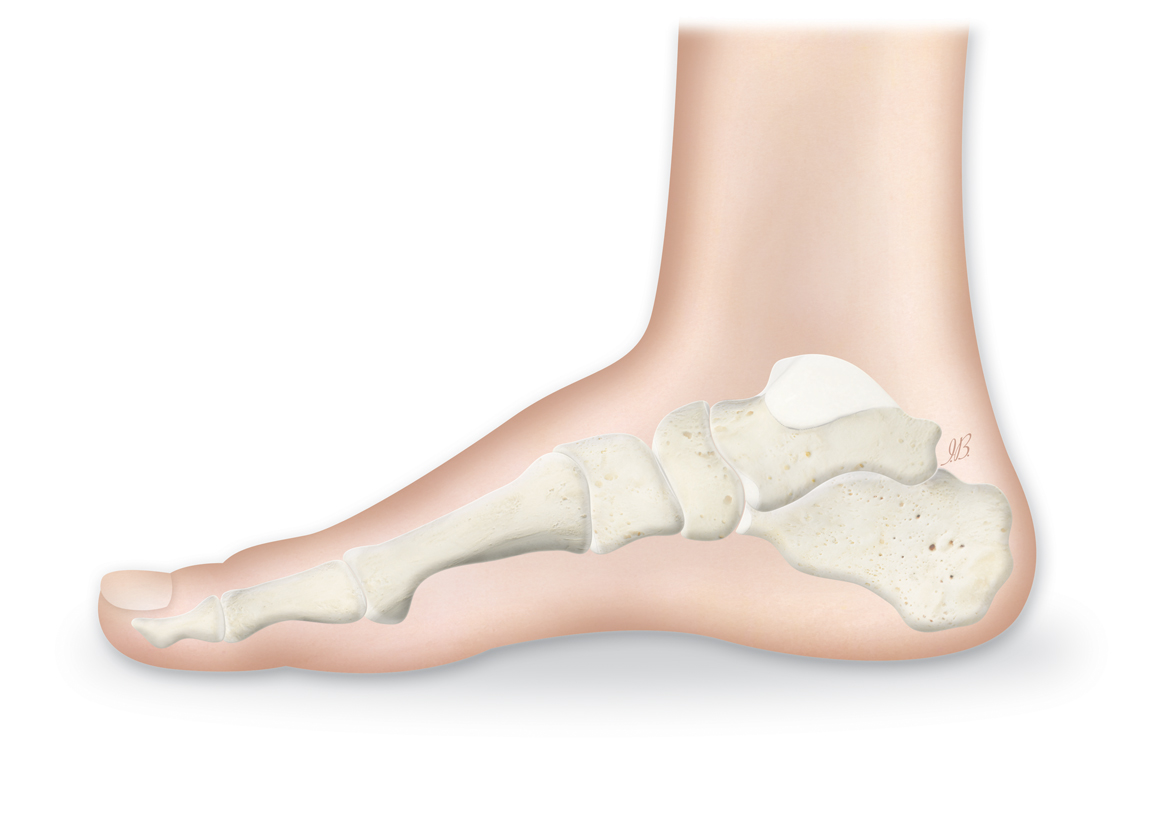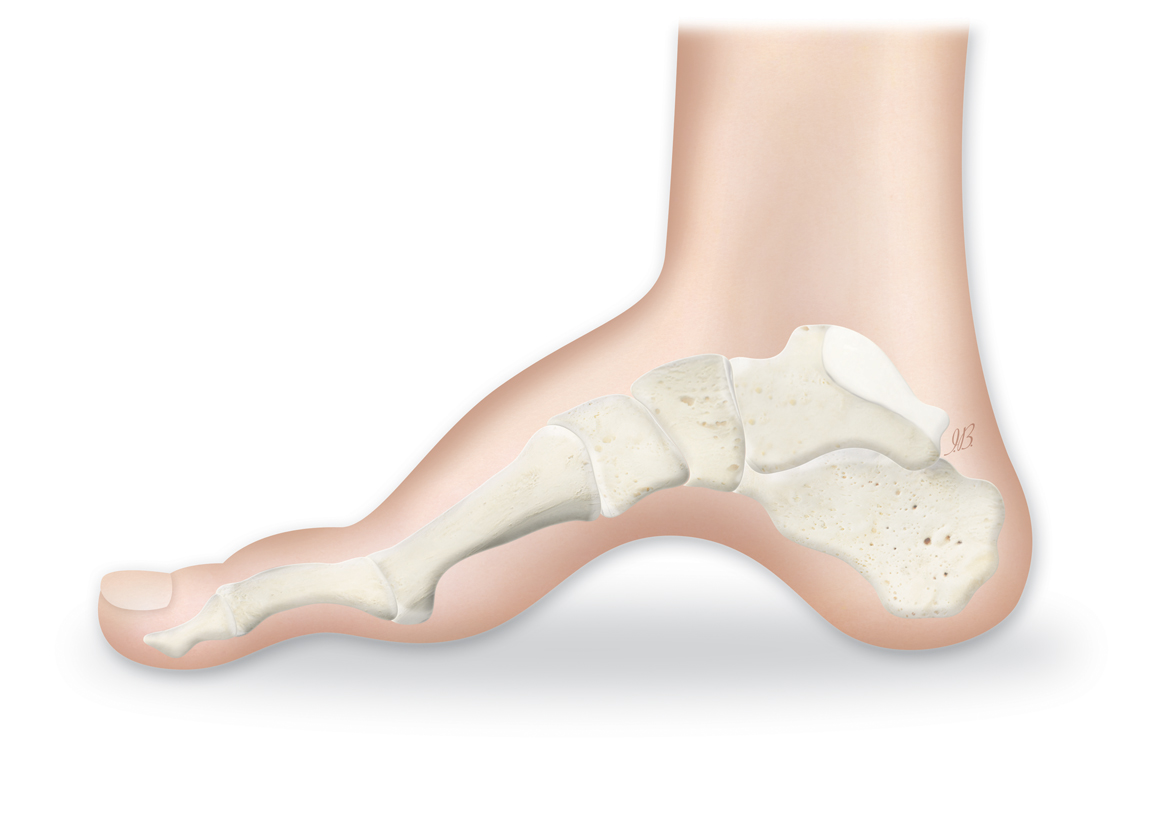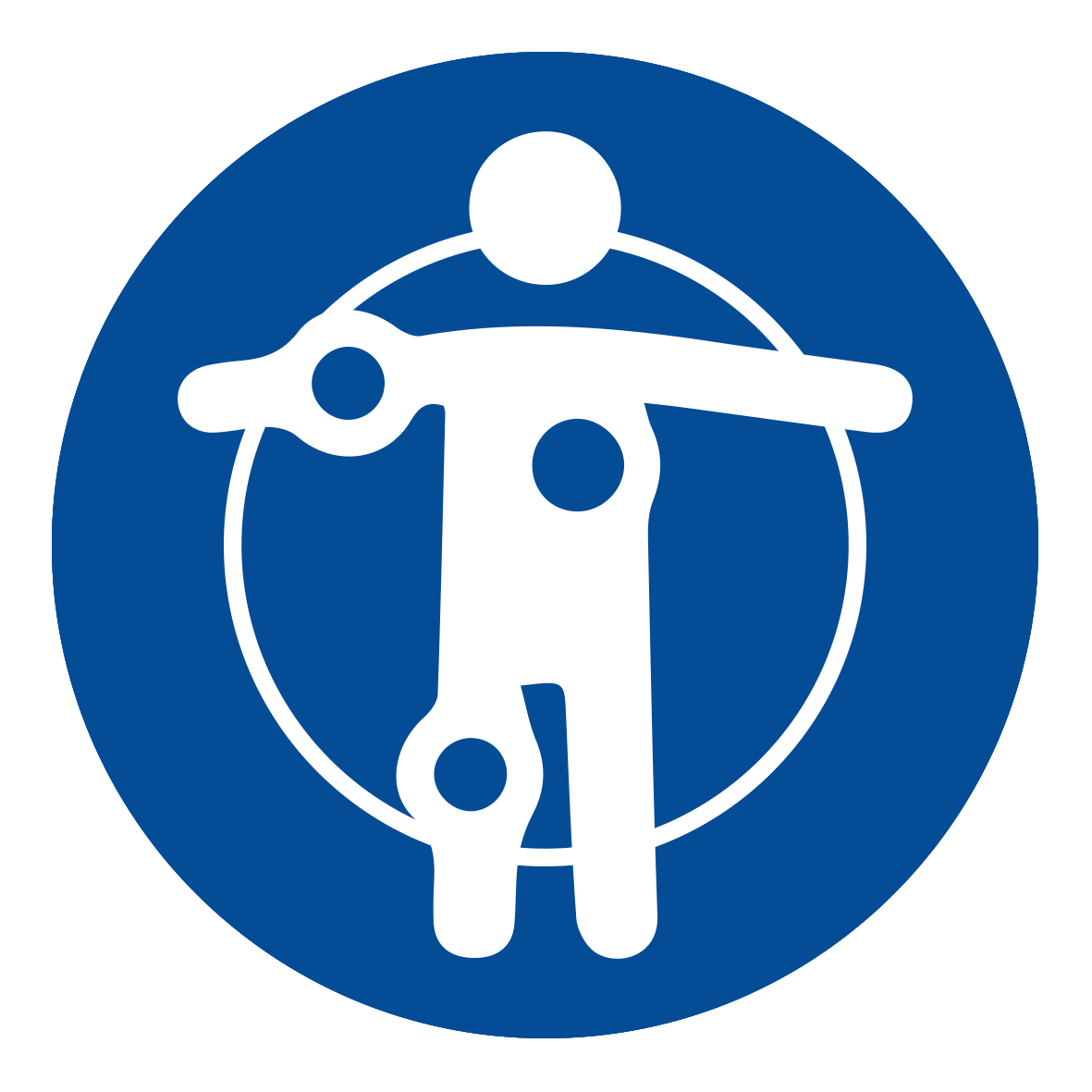Home / Limb Deformities / Charcot-Marie-Tooth Disease
Charcot-Marie-Tooth disease (CMT) is a group of inherited neurological disorders involving the peripheral nerves – that is, those that are outside the brain and spinal cord, and govern the motor and sensory capabilities in the limbs (such as walking).2 Its estimated prevalence in the general population is 1 in 2,500 (.04%).


Important safety information: Download the Product Instructions For Use.
TL-HEX is a dynamic, 3D external fixation system that combines hardware and software to correct bone deformities. This hexapod-based system functions as a 3D bone segment-repositioning module. In essence, the system consists of circular and semi-circular external supports secured to the bones by wires and half-pins, interconnected by six struts.
Important safety information: Download the Product Instructions For Use.
The Ilizarov System has experienced many modifications over the last fifty years. The TrueLok™ Ring Fixation System, developed at Texas Scottish Rite Hospital for Children (TSRHC) in Dallas, Texas, is one of the modern variants of the original fixator, but preserves many of the original principles of Professor Ilizarov. It consists of aluminum rings available in different sizes, connected to the bone through metal wires or/and bone screws. The relative movements of the rings allow the correction of almost all the bone deformities in upper and lower limbs and in the foot.

CMT is caused by congenital mutations in genes involved with the structure and function of the nerves governing the feet, legs, hands and arms. There is no single faulty gene and there are many varieties of CMT caused by different genetic faults.

Usually develops between 5 and 15 years but may develop later. Foot deformities may occur, and the lower legs may have an “inverted champagne bottle” appearance as muscle bulk is lost. As the disease gradually progresses, weakness and loss of fine motor skills may occur, with pain ranging from mild to severe.2

Examination by a neurologist will raise the possibility of the disease, which will be confirmed by nerve conduction studies, electromyography to measure the electrical activity of your muscles, and sometimes, in uncertain cases, by nerve biopsy.

Although CMT cannot be cured, it can be managed with physical therapy, braces, pain medication and surgery.2 Osteotomy (the surgical cutting of a bone or removal of a piece of bone) and treatment with an external fixation device can help to reverse foot and joint deformities, aiding support and strength.2

Left untreated, CMT leads to pain and difficulties walking, which decrease everyday activity levels and in turn, adversely affects quality of life and further deteriorates mobility. Foot wounds, foot fractures and more-severe deformities of the foot and ankle may also occur.